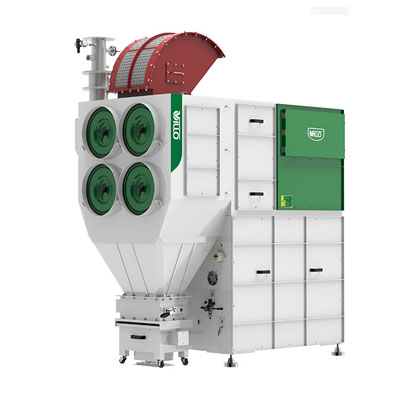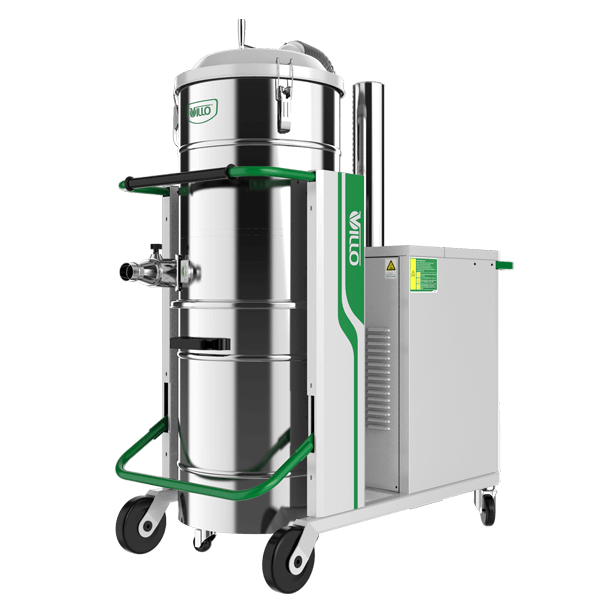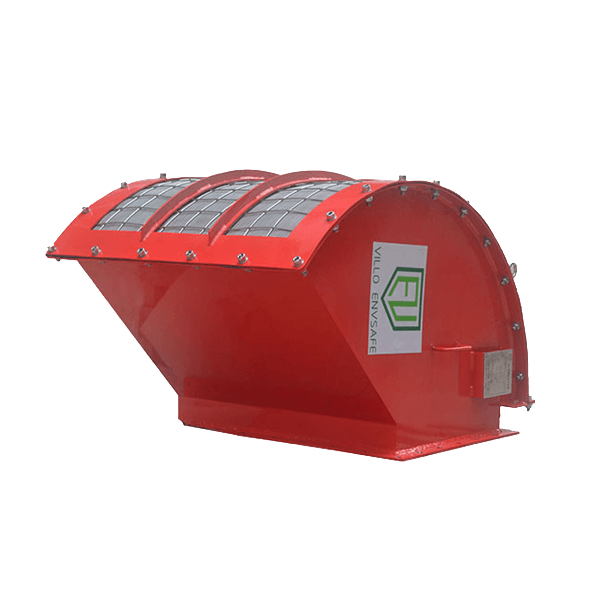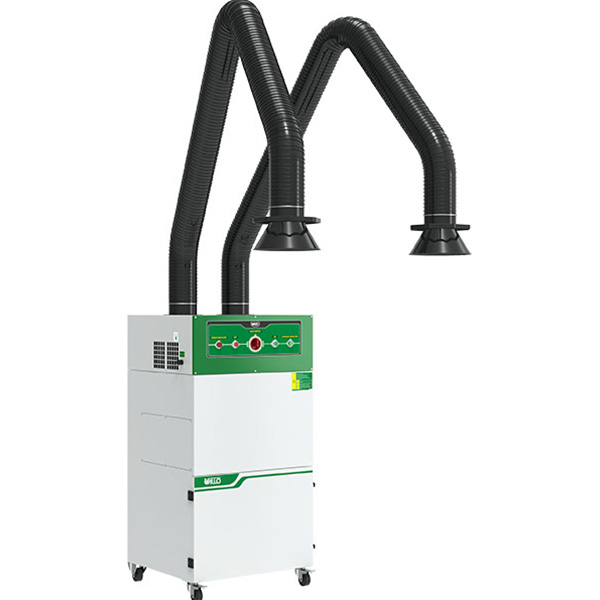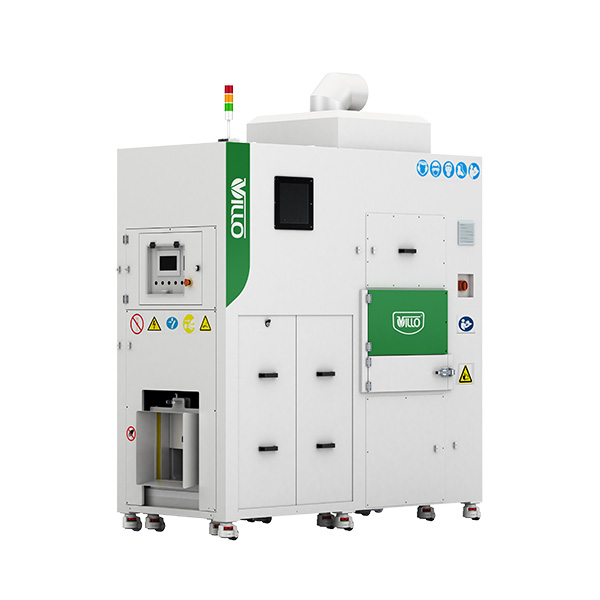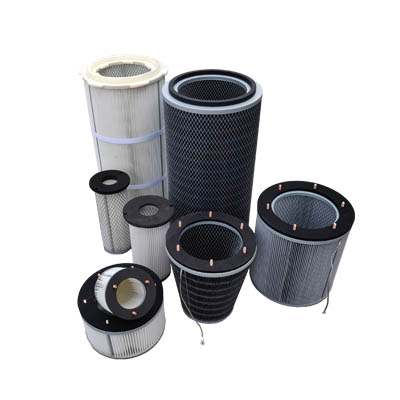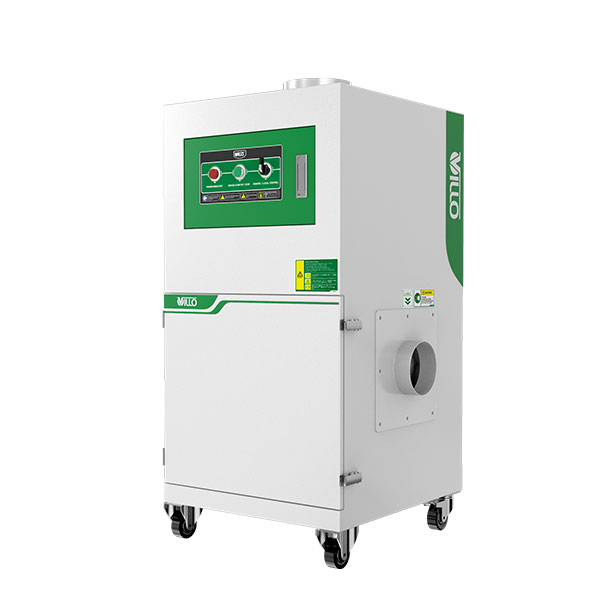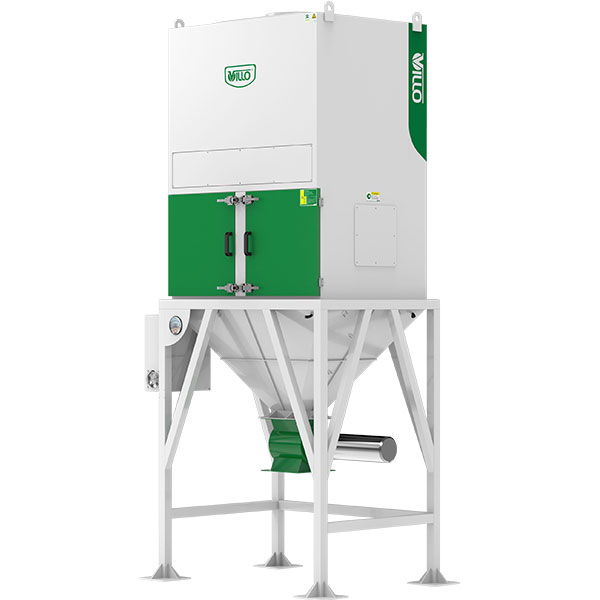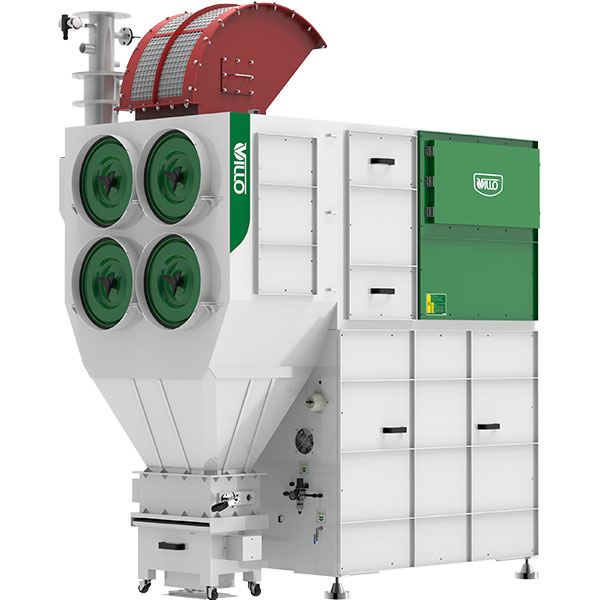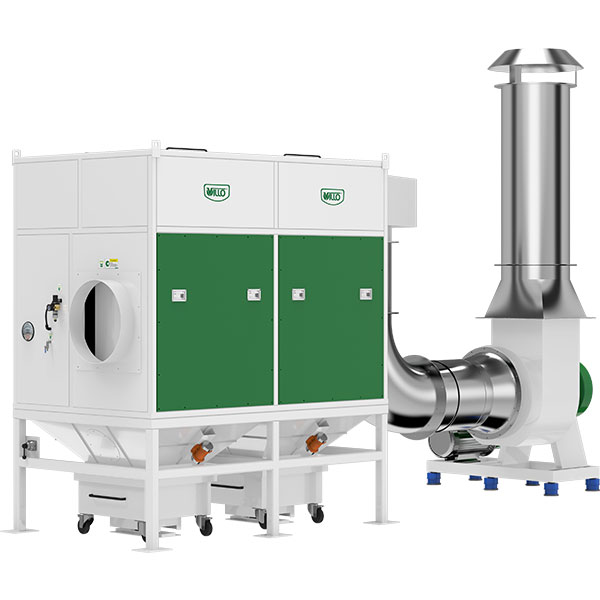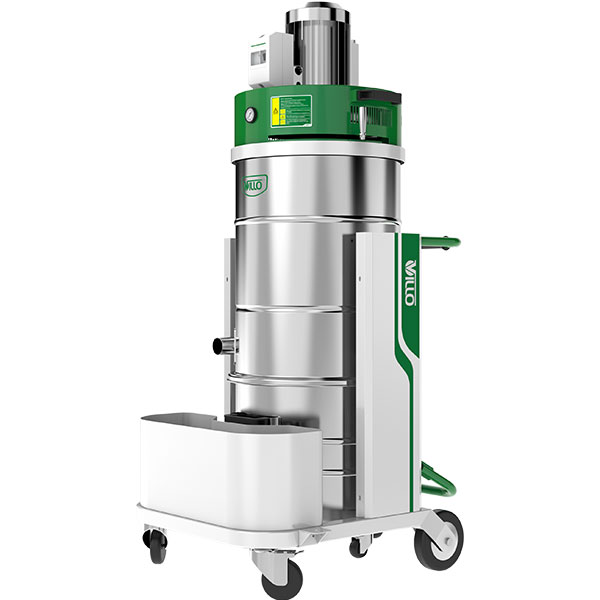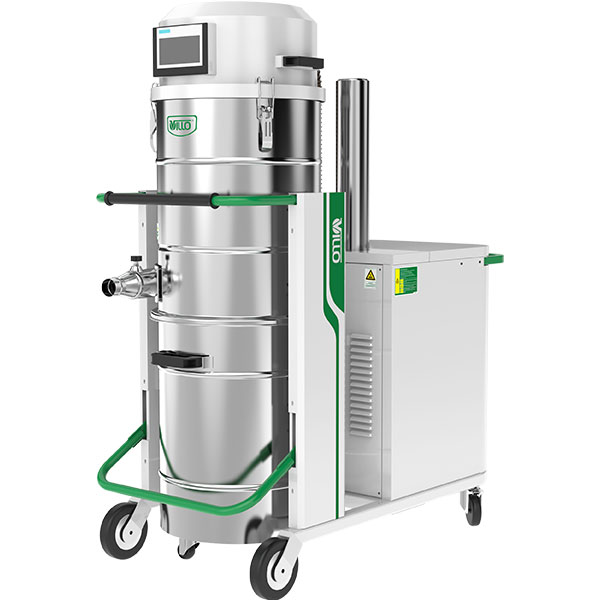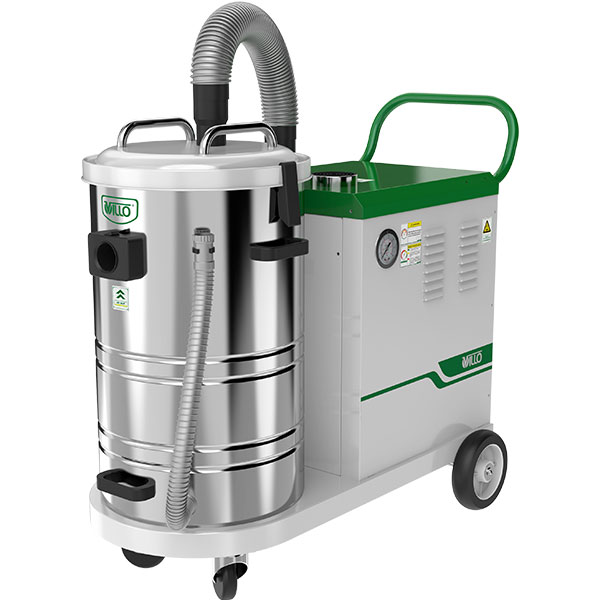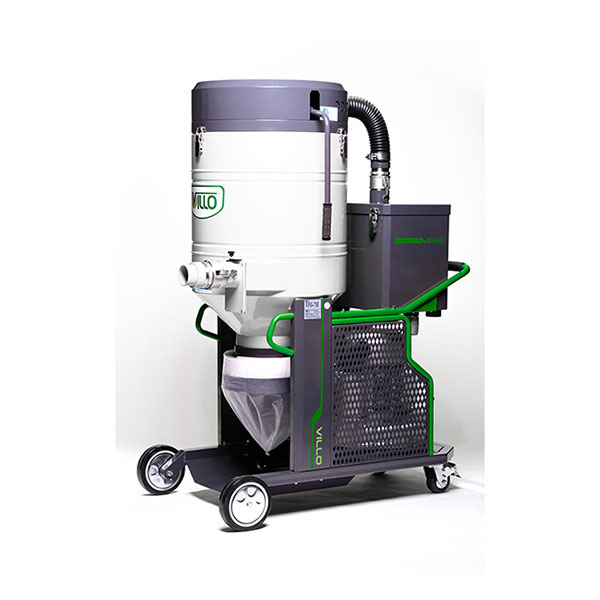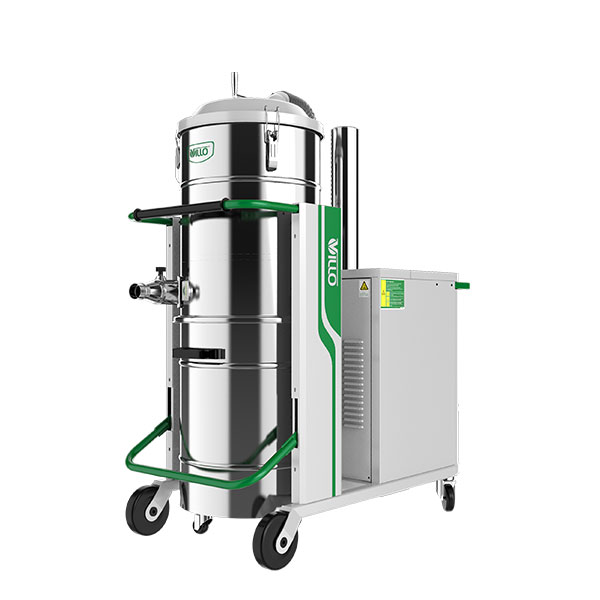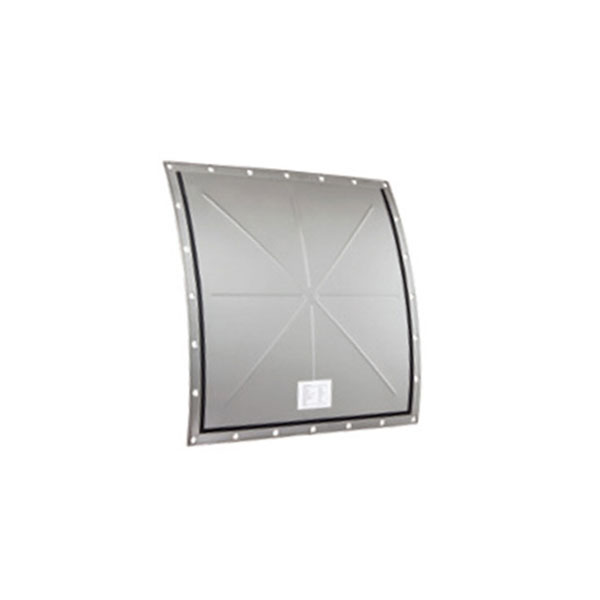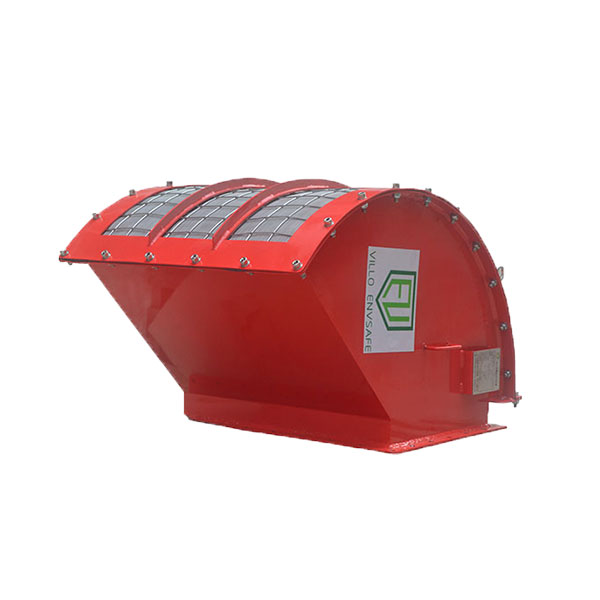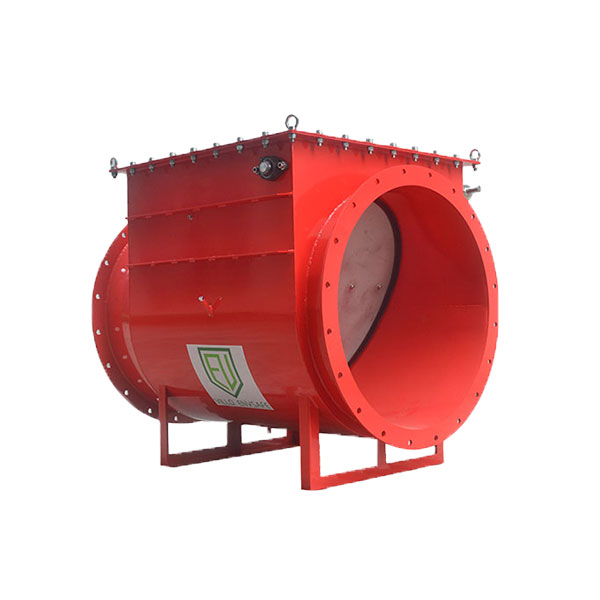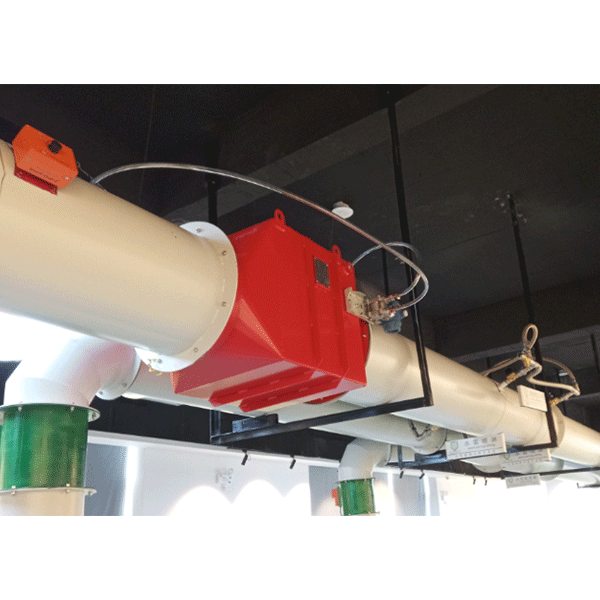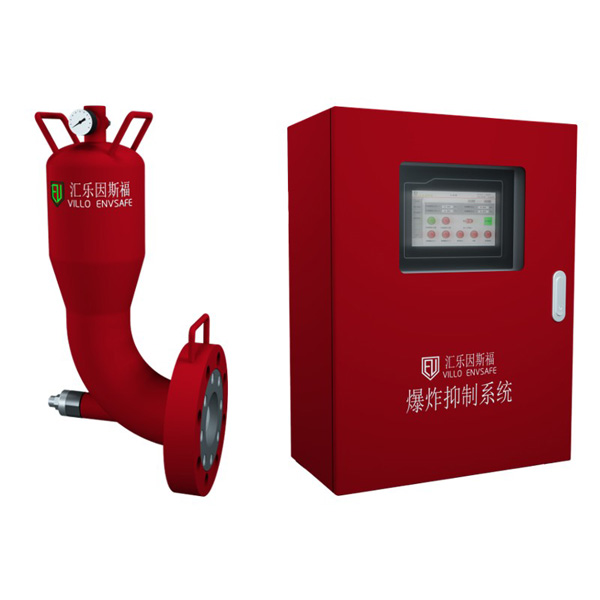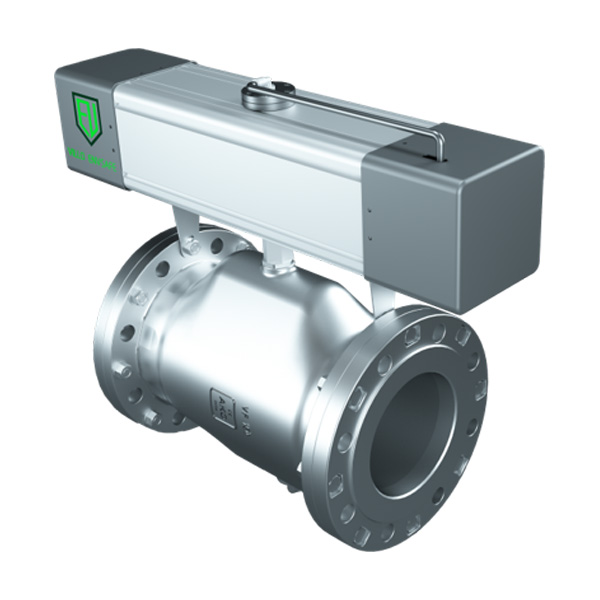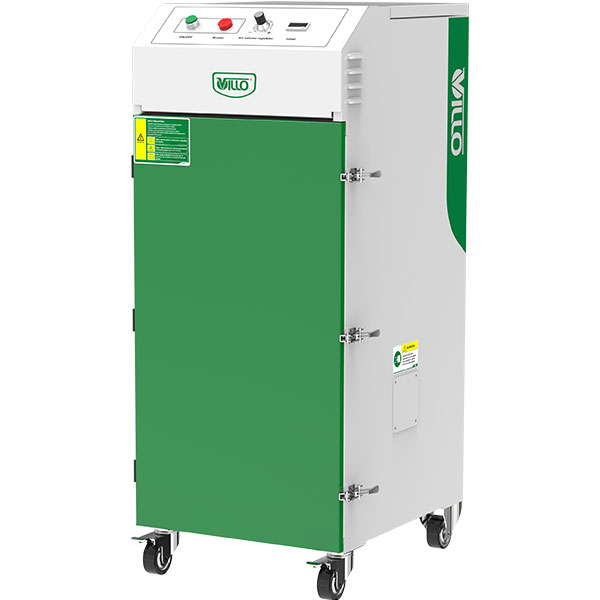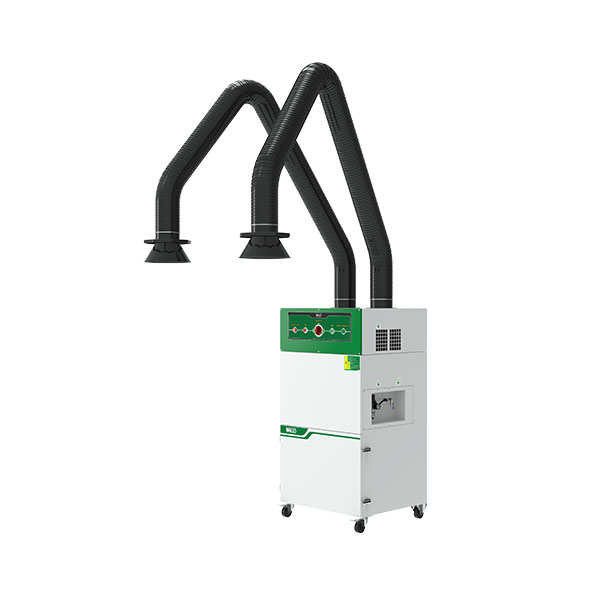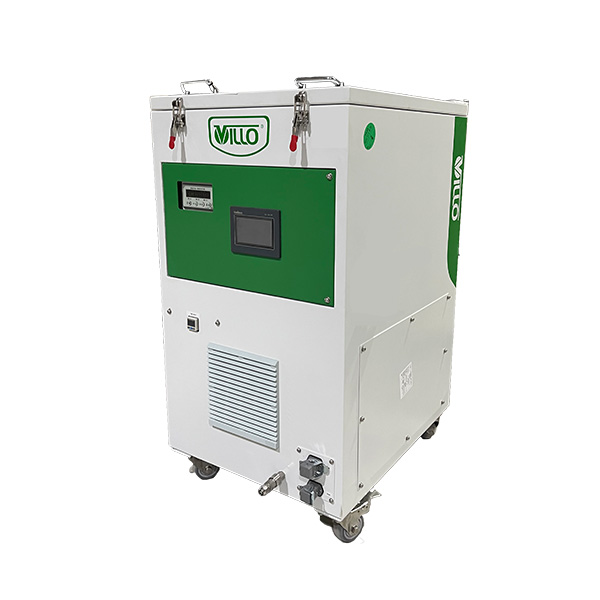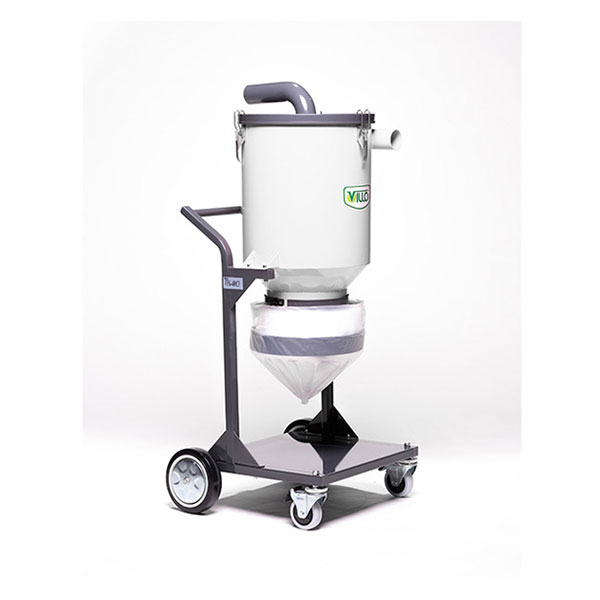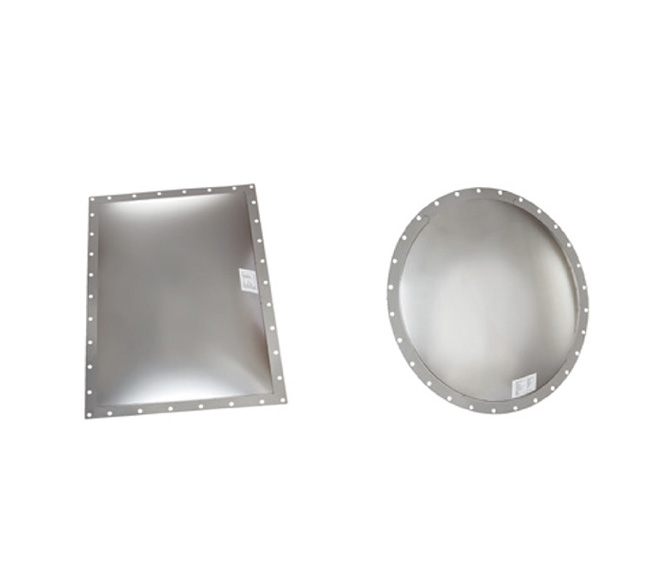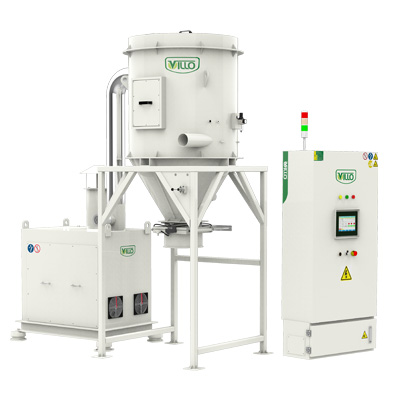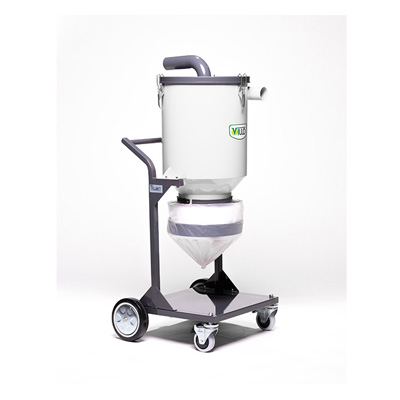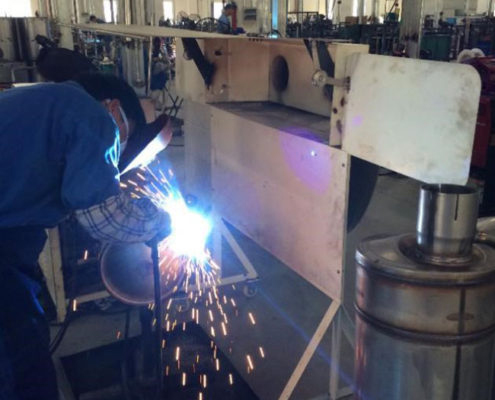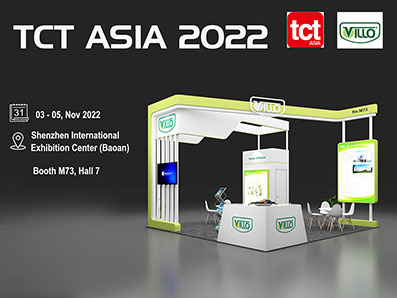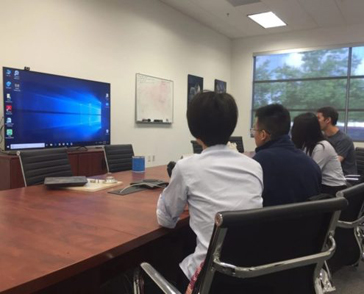Key Points And Solutions For Coating Process Of Electrode:
Electrode coating generally refers to the process in which the stirred slurry is uniformly coated on the collecting fluid, and its organic solvent is dried.
The coating effect, control parameters, and the coating methods directly influence elements such: battery capacity, internal resistance, cycle life, and safety. Therefore, it is necessary to ensure that the electrode is evenly coated.
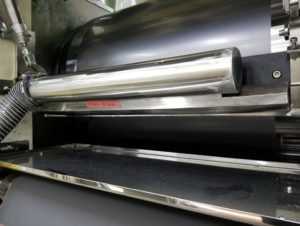
The importance of electrode coating is mainly reflected in the following aspects:
1) Control of the coating drying temperature: if the drying temperature is too low during coating, it cannot guarantee the complete drying of the electrode. On the other hand, if the temperature is too high, the surface of the electrode will crack and fall off. This circumstance occurs due to the organic solvent (present inside the electrode) evaporates too fast.
2) Coating surface density: if the coating surface density is too small, the battery power may not reach to the nominal capacity. Instead, if it is too large, it is easy to waste ingredients. In the worst-case scenario, it will cause a short circuit, leading to security risks if the positive capacity is excessive.
3) Coating thickness: too thin or too thick coatings will have an impact on the subsequent rolling process of the electrode, which cannot guarantee the performance consistency of the battery.
4) If mixed with sundries, it will cause a micro short circuit inside the battery, which in serious cases, may make the battery explode.
The coated electrode needs further compaction to improve the energy density of the battery.
Electrode rolling is a necessary procedure in the manufacturing process of the lithium-ion battery. The main purpose of the rolling action is to obtain the electrode that complies with design parameters.
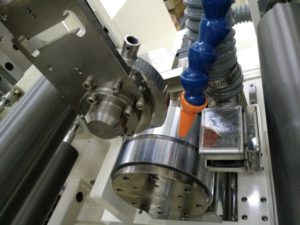
The electrode rolling is a necessary step. After coating and drying, the peel strength of the active material and the collecting fluid foil is extremely low. Therefore, it requires to roll and enhance the bonding strength of the active material and the foil. This process can also prevent the electrode from peeling off during electrolyte immersion and battery utilization.
At the same time, the electrode rolling can compress the volume of the cell and improve its energy density. Furthermore, the electrode rolling can reduce the porosity between the active materials, bind conductive agents inside the electrode, and improve the overall performance of the battery.
However, at this stage in the process of rolling, there are many fine powders on the surface of polar material. These agents can seriously affect the quality of the roller press. In order to effectively deal with the dust adhering to the pole piece surface, a collection system of multi-point recovery shall be respectively arranged for the upper and lower surfaces. Finally, two dust suction openings (about φ 100mm) and a cyclone dust collector shall be deployed.
The cyclone dust collector’s main function is to make the airflow containing dust rotate and move. With the help of centrifugal force, dust particles are separated from the airflow and collected on the wall of the cyclone dust remover. At this point, the particles fall into the ash hopper with the help of gravity.
The VJ-H Series Industrial cyclone dust collector from VILLO Environmental protection has a modest size, which can be directly placed near the dust suction port to reduce the layout of the pipeline.
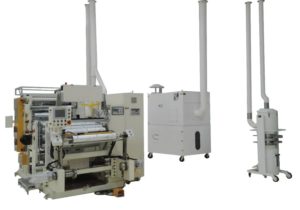
The utility model adopts a patented rotary chip dust removal vibration structure. At the back of the machine, there is a rotary handle to remove the dust on the filter, which is convenient, easy to operate, and cost-saving.
Ultimately, to make the machine run safely and conveniently, the simple electromagnetic switch serves as thermal overload protection, which can ensure the safe operation of the machine.
If you are looking for a cost-effective industrial cyclone dust collector, please feel free to contact VILLO Environmental protection.

 EN
EN
 ja
ja  ko
ko  fr
fr  de
de  ru
ru 